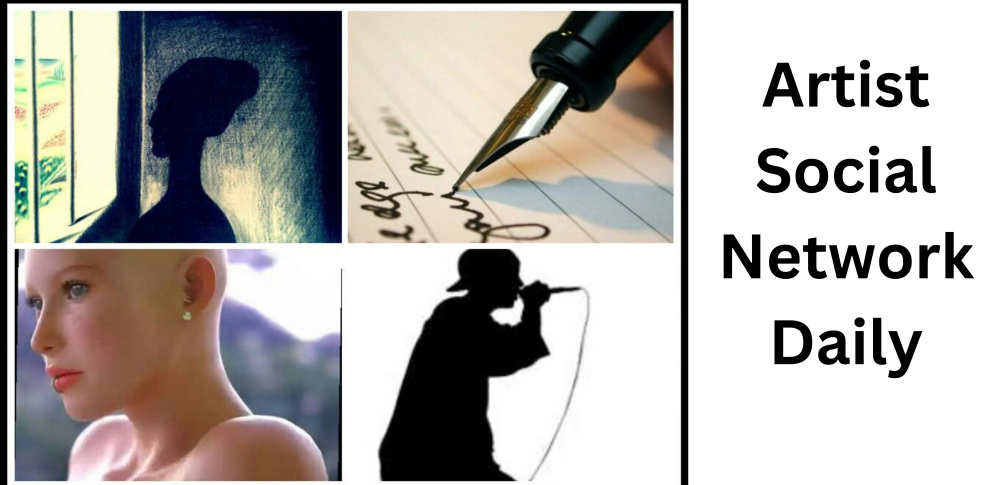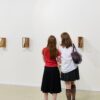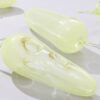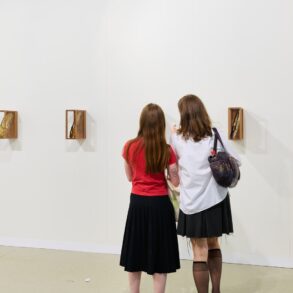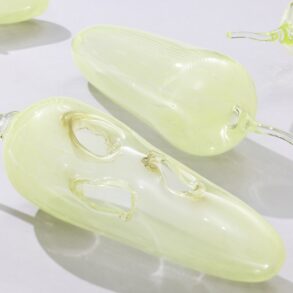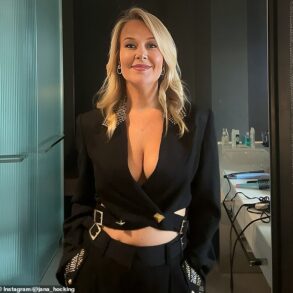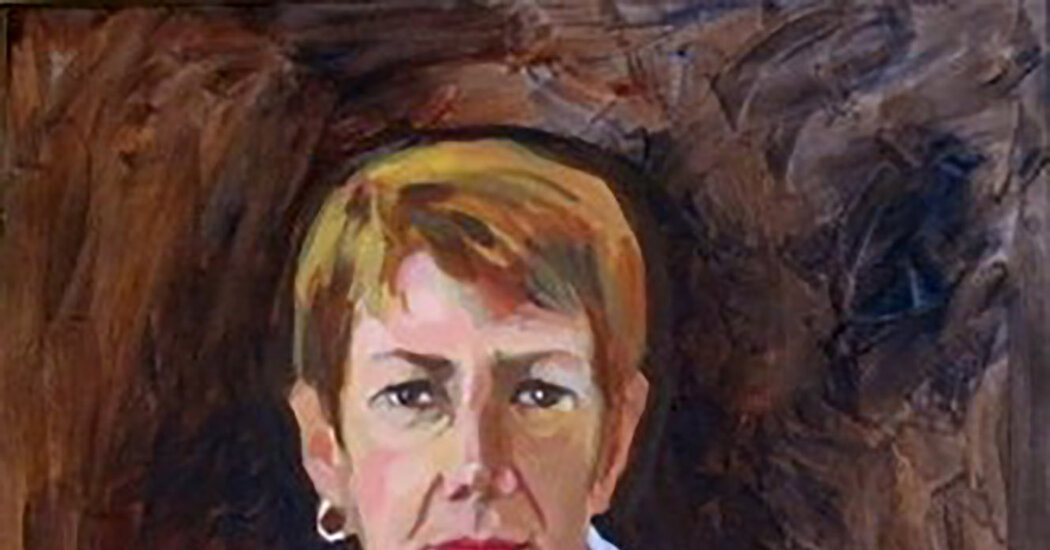
As the founder of Woman’s Art Journal and the author of influential textbooks, she documented the work of many accomplished artists who had been ignored.
Elsa Honig Fine, an art historian who founded a feminist art journal and published influential textbooks on Black and female artists in an era when scholarship in those areas was scarce, died on April 7 at her home in Manhattan. She was 94.
Her daughter Amy Fine Collins said the cause was heart failure.
When Ms. Fine began publishing Woman’s Art Journal in 1980, the art world was still largely male dominated, and many female artists were relegated to the supporting roles of muse, wife or hobbyist. Two prominent periodicals, The Feminist Art Journal and Womanart, had gone out of business in the late 1970s, leaving a niche that the new journal filled.
“No one was publishing books on women,” Margaret Barlow, who helped start the journal with Ms. Fine, said in an interview. “Women were just seen as dabblers and as not sellable.”
The inaugural issue laid out their mission: “recovering a lost heritage” of female artists. Ms. Fine, in particular, was frustrated with the cyclical nature of attention received by artists like Frida Kahlo, Alice Neel and Leonora Carrington, who were discovered, forgotten and then rediscovered and hailed as folk heroes.
Woman’s Art Journal sought to maintain their presence in the spotlight. Its ethos aligned with that of an artwork featured in the second issue: Judy Chicago’s installation “The Dinner Party,” which took the form of a banquet table with 39 place settings, most resembling stylized vulvas, symbolizing important women in history. Carol Snyder’s article described the installation as an altar that glowed “in rich brilliance against an engulfing blackness — a unidimensional metaphor for women’s radiance and historical obscurity.”
This post was originally published on this site be sure to check out more of their content
